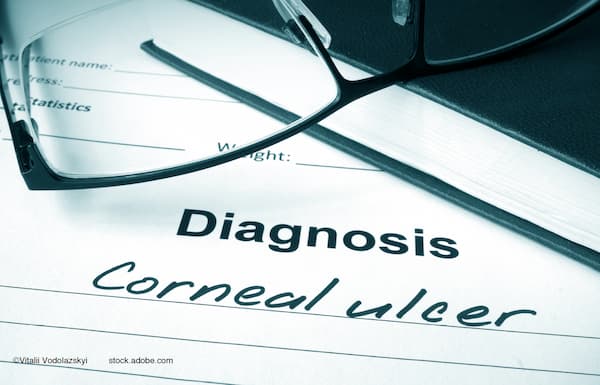Article
Measuring non-visible laser treatments online possible
Early retinal reflectivity changes that occurred following laser irradiation at threshold and subthreshold powers were detected by optical coherence tomography (OCT), said Paolo Lanzetta, MD, of the Department of Ophthalmology, University of Udine, Italy.
Early retinal reflectivity changes that occurred following laser irradiation at threshold and subthreshold powers were detected by optical coherence tomography (OCT), said Paolo Lanzetta, MD, of the Department of Ophthalmology, University of Udine, Italy.
Attention is being paid to laser retinal-sparing treatments for the retinal pigment epithelial cells using non-visible laser. This treatment, however, requires an online dosimetry system to detect treatment endpoints. Dr. Lanzetta has been working with interferometric reflectometry to measure the non-visible laser treatment. Optical scans produce a longitudinal reflectivity profile that potentially can be modified during non-visible or subthreshold laser radiation, he said.
Dr. Lanzetta evaluated the in vivo retinal reflectivity response after application of laser burns using OCT.
He reported his results in six eyes of six patients with peripheral diabetic retinopathy using the micropulse 810-nm diode laser system. He and his colleagues produced threshold lesions using the 100% duty cycle continuous wave and then tested the system with subthreshold lesions using a 15% duty cycle. With threshold treatments, consistent OCT patterns were seen.
"With the subthreshold treatments, OCT detected non-ophthalmoscopically visible laser lesions obtained with continuous wave emission modality and the 15% duty cycle as areas of localized increased reflectivity involving both the inner retinal layers and the inner portion of the outer retinal layers and areas of diffuse increased reflectivity involving all retinal layers, respectively," Dr. Lanzetta said.
Interferometric reflectometry is a potential online method for dosimetry.
Newsletter
Don’t miss out—get Ophthalmology Times updates on the latest clinical advancements and expert interviews, straight to your inbox.




